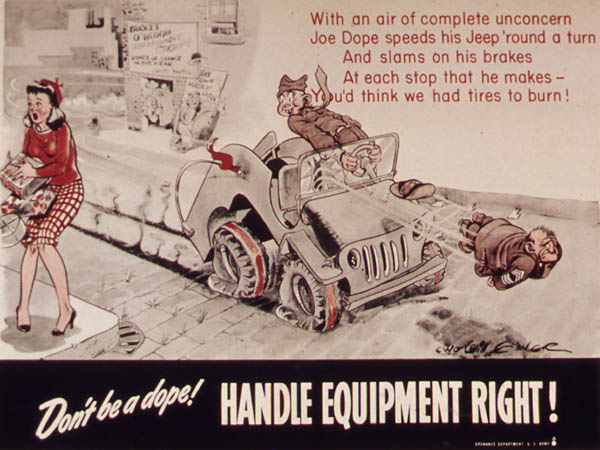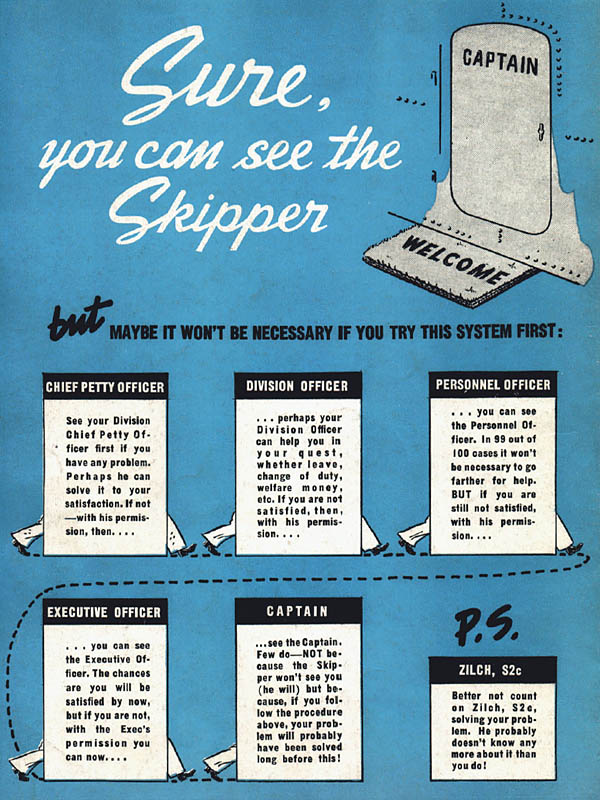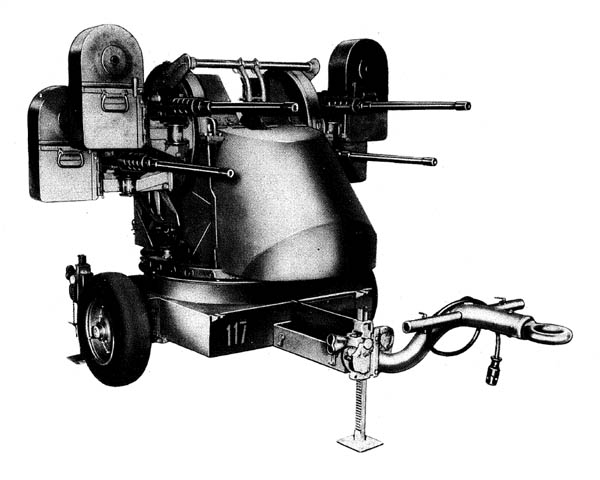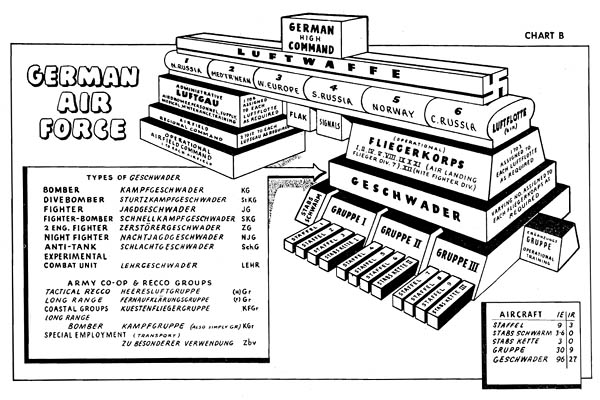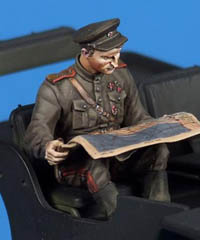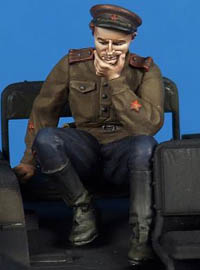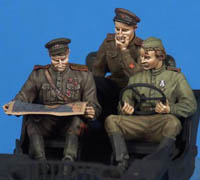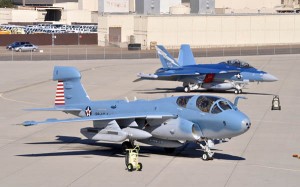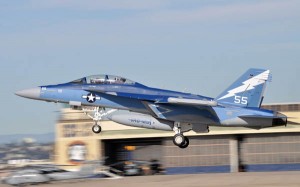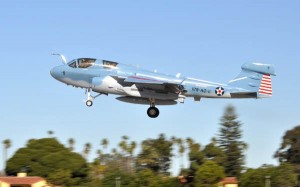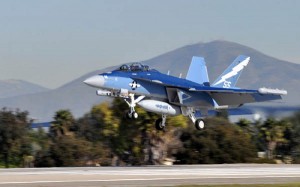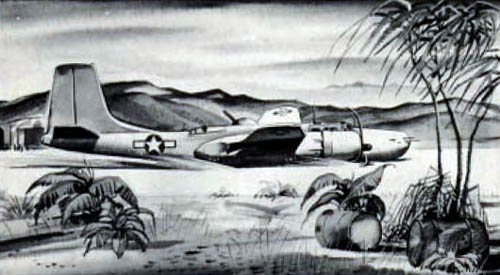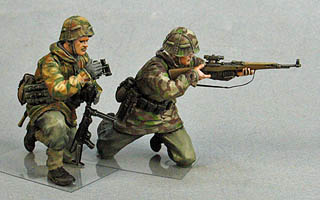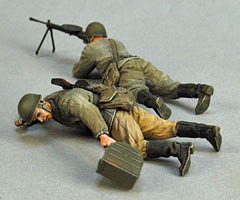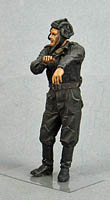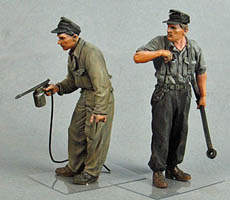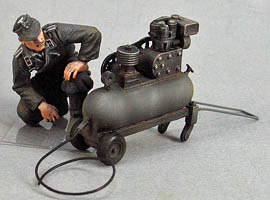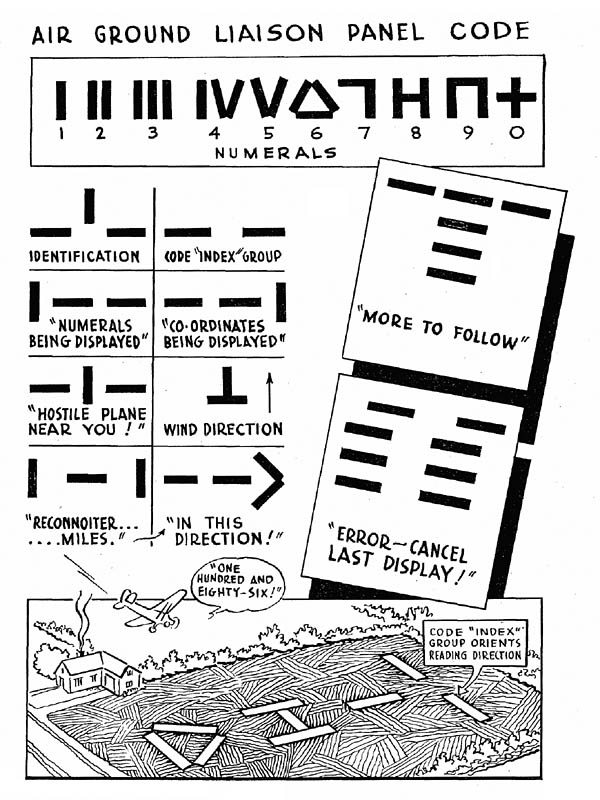The story of the SBD Dauntless dive bomber in the Pacific from Bureau of Naval Personnel Information Bulletin, (“All Hands Magazine”), September 1944.
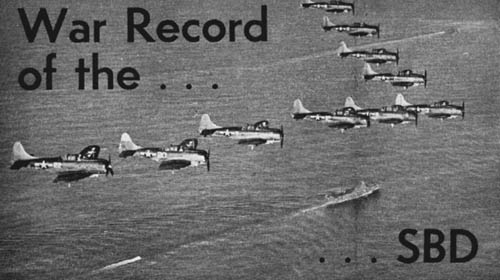
Jap-hunting SBDs fly in formation over a carrier of Task Force 58 in the Pacific.
War Record of the SBD
Dauntless Divebomber, Giving Way to Harder-Hitting Successor, Was Spearhead of Our Attacks in the Pacific
The 5,936th and last of a distinguished strain of aircraft–the Navy’s SBD, which is giving way to a faster, long-range divebomber–rolled off the production line of the Douglas Aircraft Company’s plant at El Segundo, Calif., on 21 July.
Its completion closed a chapter in the history of naval aviation that will be discussed as long as men continue to talk about this war’s great battles in the Pacific.
On 7 Dec. 1941, when the Japanese attacked Pearl Harbor, a rear-seat gunner in an SBD knocked down a Zero that may have been the first Jap plane destroyed by U.S. aircraft. From then on the story of the SBD, or Douglas Dauntless divebomber, is closely interwoven with the successes of the fleet.
The enemy first felt the real sting of the SBD when Admiral William F. Halsey Jr., USN, took a small task force into the Gilbert and Marshall Islands in February 1942. Flying again from the deck of the USS Enterprise, as they had at Pearl Harbor, SBDs suddenly appeared over the atolls of those islands in the outer ring of the enemy’s defenses, dived to low altitude and dropped their 1,000-pound bombs on ships, hangars, airstrips and buildings.
The following month this same force staged a repeat performance for the benefit of the Japs on Marcus and Wake Islands.
Continue reading →
